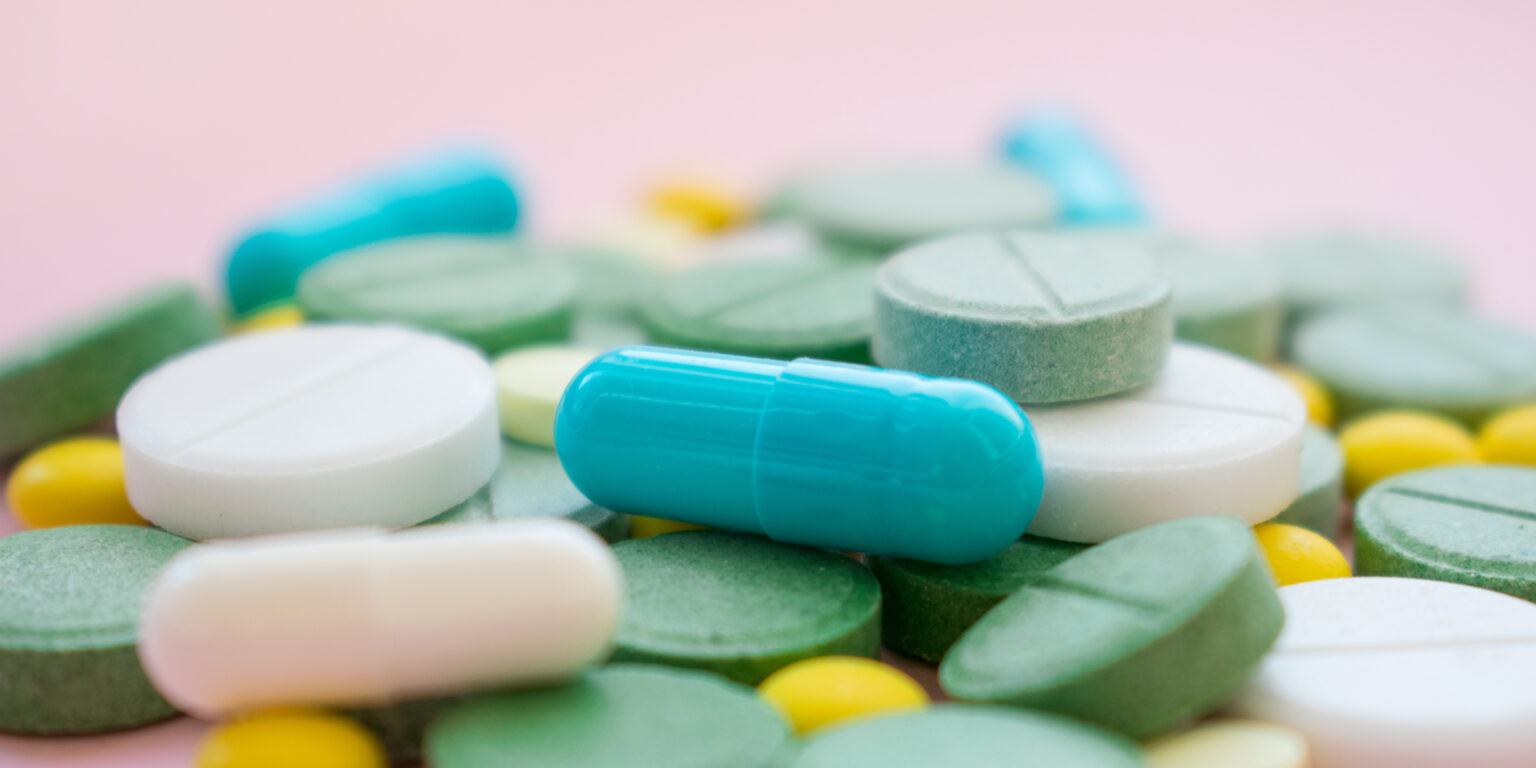Though the spotlight is often on opioids, stimulants have also disrupted the lives of many people around the world. And when combined, the two types of drugs make for an even deadlier combination—with an increasing number of deaths involving the mixture of stimulants and heroin, among other illicit drugs.
Often called “uppers,” stimulants are a powerful category of drugs designed to speed up the body’s systems. They include both illegal drugs, such as cocaine and methamphetamine; and prescription drugs, such as amphetamine and dextroamphetamine—more commonly recognized by its brand name, Adderall. In the U.S., stimulants are designated as Schedule II drugs because of their high risk of abuse and dependence.
How do stimulants work?
Prescription stimulants, which are often used to treat ADHD, increase the levels of various chemicals in the brain to help improve a person’s ability to focus and their attention span. When prescribed and taken as directed, they can be an effective way to treat symptoms; however, they’re often widely misused and abused, notably by students looking to improve their academic performance. Taking stimulants not prescribed to you could have the opposite effect and lead to academic challenges and poor mental health. Other serious health consequences are possible, especially for those with underlying heart problems, as stimulants raise heart rate.
Prescription Stimulant Overdose
An overdose can happen for a number of reasons, including if a person takes too much of a drug or if they aren’t prescribed the drug and have underlying conditions. Life-threatening reactions, and even death, can occur.
Signs of prescription stimulant overdose include:
-
Tremors
-
Overactive reflexes
-
Rapid breathing
-
Confusion
-
Hallucination
-
Fever
-
Muscle pains
-
Weakness
If you think someone is experiencing a stimulant overdose, you should call 911 immediately.
Prescription Stimulant Withdrawal
Those who are addicted to prescription stimulants can experience withdrawal for days and even weeks after they stop taking the drug. Though withdrawal symptoms can vary, common signs include:
- Severe depression
- Increased appetite
- Unusually slow heart rate
- Headaches
- Adderall cravings
Download the Stimulant Fact Sheet below as a reference for the signs of long-term stimulant misuse and how to avoid an overdose. By learning more about the risks of stimulants, together we can better support those struggling with drug misuse and abuse.
Take Action to Prevent an Overdose
If you want to learn how to prevent an Overdose then click here to get in touch with us to learn about our Other Drugs course. This course provides key information for how to deal with these issues and teaches you how to prevent other drug misuses.
References:
-
“The rise of illicit fentanyls, stimulants and the fourth wave of the opioid overdose crisis” https://journals.lww.com/copsychiatry/fulltext/2021/07000/the_rise_of_illicit_fentanyls,_stimulants_and_the.4.aspx
-
“Psychosocial functioning associated with prescription stimulant and opioid misuse versus illicit drug use among college students https://www.tandfonline.com/doi/abs/10.1080/07448481.2021.1926269?journalCode=vach20&
-
“Students who misuse prescription drugs risk mental health, academic challenges, OSU study finds. https://today.oregonstate.edu/news/students-who-misuse-prescription-drugs-risk-mental-health-academic-challenges-osu-study-finds
-
“Prescription Stimulants DrugFacts. https://www.drugabuse.gov/publications/drugfacts/prescription-stimulants
-
“How Long Does Withdrawal From Adderall Last? https://www.verywellmind.com/adderall-withdrawal-symptoms-timeline-and-treatment-4177486#resources




